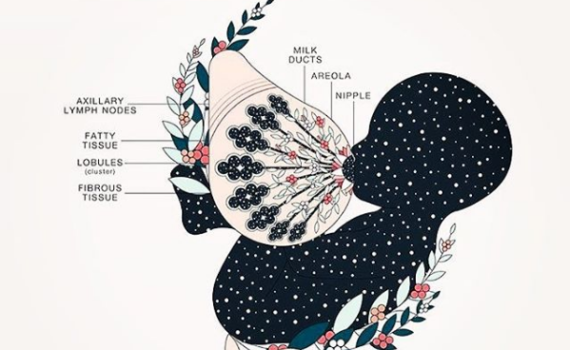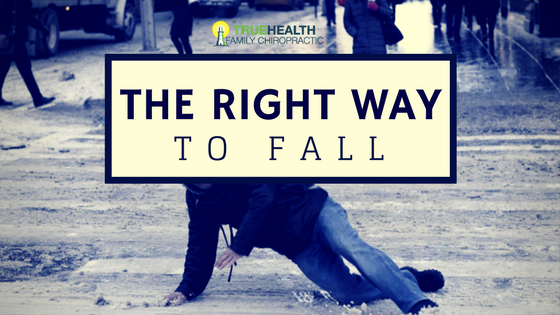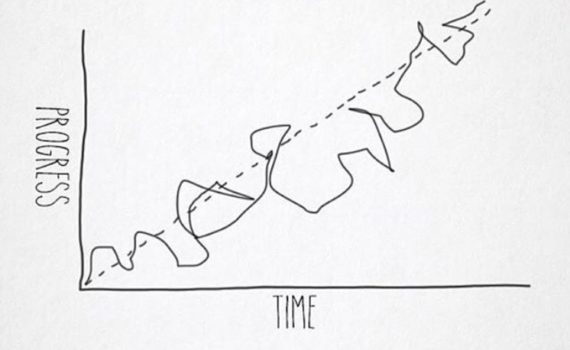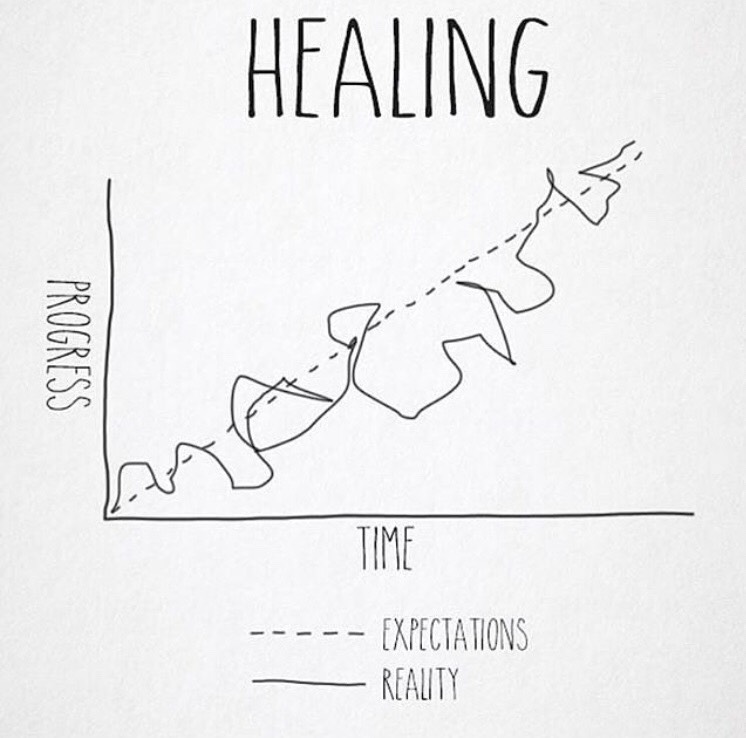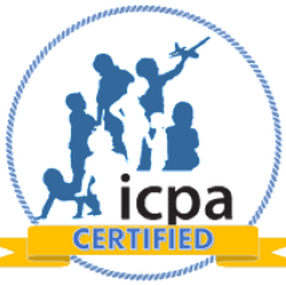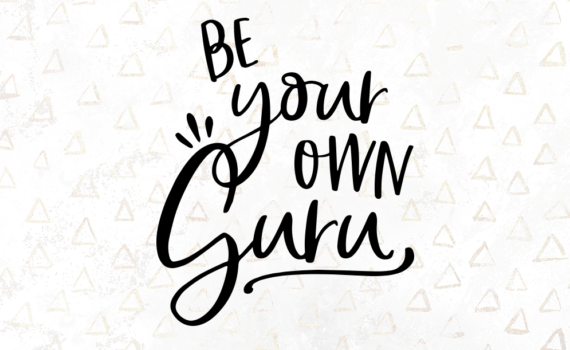
Be Your Own Guru
When it comes to your health and happiness, YOU know best.
We often forget this especially when it come to our health – turning to every expert we can to find the answers. But remember, we are all born with an innate ability to heal. In fact, that’s what chiropractic was founded on back in 1895 – the idea that your body needs no help, just no interference to it’s own healing ability. In short, that we all are designed to function, heal and re-create from the inside out.
Today that interference comes from many sources: external stressors (physical, chemical, emotional), poor nutrition, lack of movement, environmental toxins to name a few.
So what can you do? Look at all aspects of your lifestyle.
Are you getting enough sleep? Is your work fulfilling and do you have time to relax, or are you stressed out and overworked the majority of the time? What foods may be causing an imbalance? Are you moving your body enough each day or are you sedentary for endless hours?
You’ll be surprised at how quickly you can diagnose yourself and prescribe positive changes that will lead you towards optimal health.
Nowadays, there are so many books and blogs and supplements. Too often we get caught up in rules and restrictions that leave us unable to follow our own body’s wisdom. Teachers, guides, mentors, they’ve all got value – so yes – by all means, focus on the teachings – but not so much the teacher.
At True Health – we want you at your best. Engage with us (read our blog, like our facebook page / instagram page /twitter page for health tips and articles) and we will walk you down the path to your best life. It is only getting better and better.
And remember, the greatest guru is your inner self.

